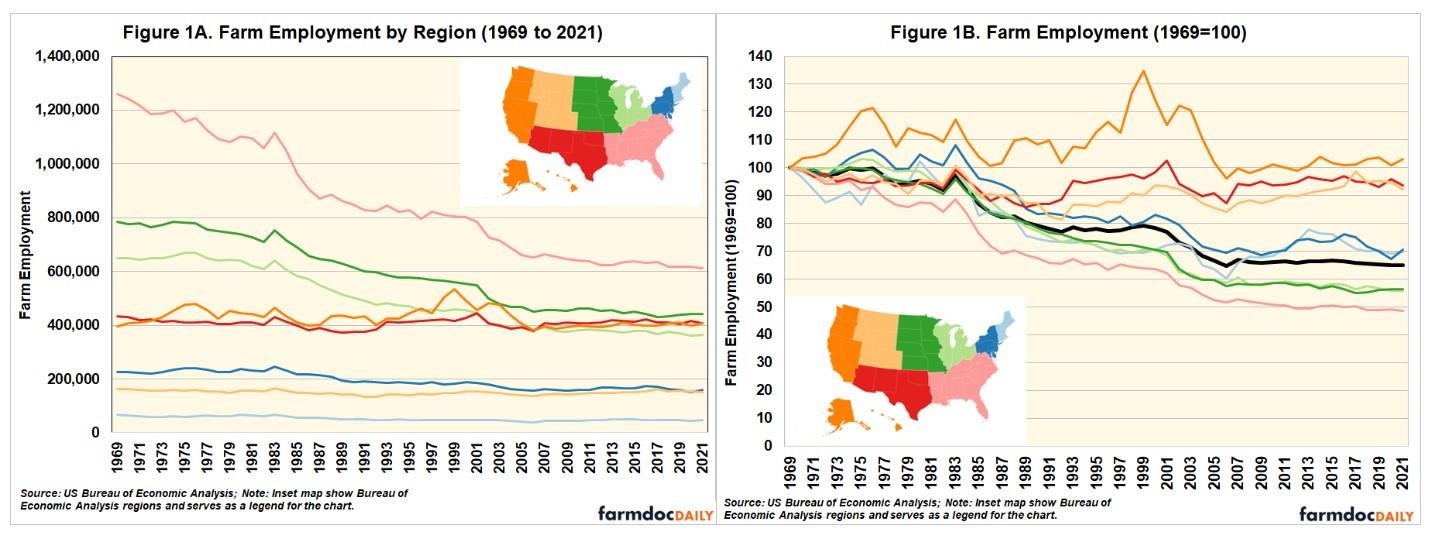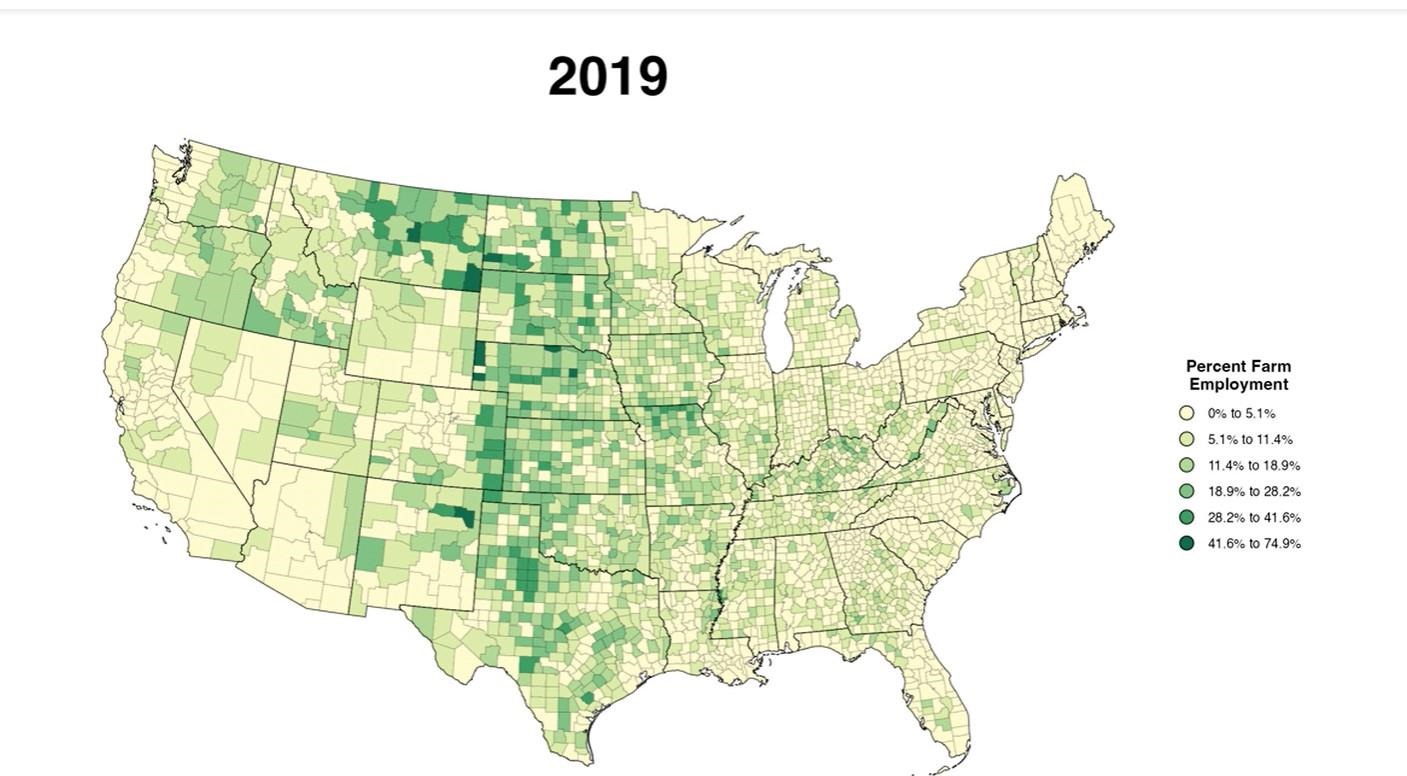Beyond the major categories, the U.S. expanded its portfolio to include gains in milkfat-heavy products. Butter jumped 63% (+2,272 MT), AMF more than tripled (+225%, +1,695 MT), WMP climbed significantly (+83%, +1,695 MT), and even evaporated/condensed milk saw substantial growth (+77%, +883 MT).
Overall, June’s data confirms that even if domestic consumption slows with economic turbulence, the U.S. dairy industry is growing its presence in the international market.
Let’s dive a bit more into why U.S. exports performed so well, particularly in cheese and whey.
Year-to-Date U.S. Exports: January-June

For detailed data and charts, check out USDEC’s Data Hub
Cheese: Available Supply + Advantageous Prices + Demand Growth = Export Boom
Through the first half of 2022, U.S. cheese exports grew by 17% (+33,556 MT), easily on pace to smash the previous annual record. This rapid expansion comes after three-and-a-half years of relatively little growth. From January 2018 through June 2021, U.S. cheese exports only saw a single month where annualized exports fell outside the relatively narrow band of 340,000-365,000 MT. June’s trade figures show U.S. cheese exports grew to an annualized volume of over 436,000 MT.
So, what’s driving this rapid success in cheese exports?
First, the U.S. has supplies available to export, unlike many of its competitors. Despite limited milk production growth in the U.S., cheese production has managed to expand. Through May, U.S. cheese production is up 2.5%, while domestic consumption is up only 1.7%. Indeed, domestic consumption of American-type cheeses is actually down 1.5%, creating an opportunity for the near doubling of cheddar exports (+96%, +22,006 MT).
Second, U.S. cheese has been relatively affordable on the global market, both on a spot basis and in futures markets for the majority of the first half of the year. This gap between U.S. cheddar prices on the CME and New Zealand prices on the GDT (coming off the lowest milk production season in four years) supported gains in U.S. market share in Japan and Korea, two of the most highly contested cheese markets.
Pricing factors have also favored U.S. suppliers in key buying regions like Mexico and Central America, where U.S. exports grew by 15,848 MT combined in the first half of 2022. Today, U.S. natural cheese is virtually equal in price to cheese analogues, a traditionally much cheaper alternative that uses palm oil instead of dairy fats. With soaring palm oil prices (see chart below), the incentive for end-users to trade down to analogues has weakened significantly.

Finally, the competitiveness of U.S. natural cheese compared to analogues is boosting demand in Latin America at a time when a strengthening peso is raising purchasing power for imports and local milk production remains weak. All of it is contributing to rising demand in the region.
Click here to see more...